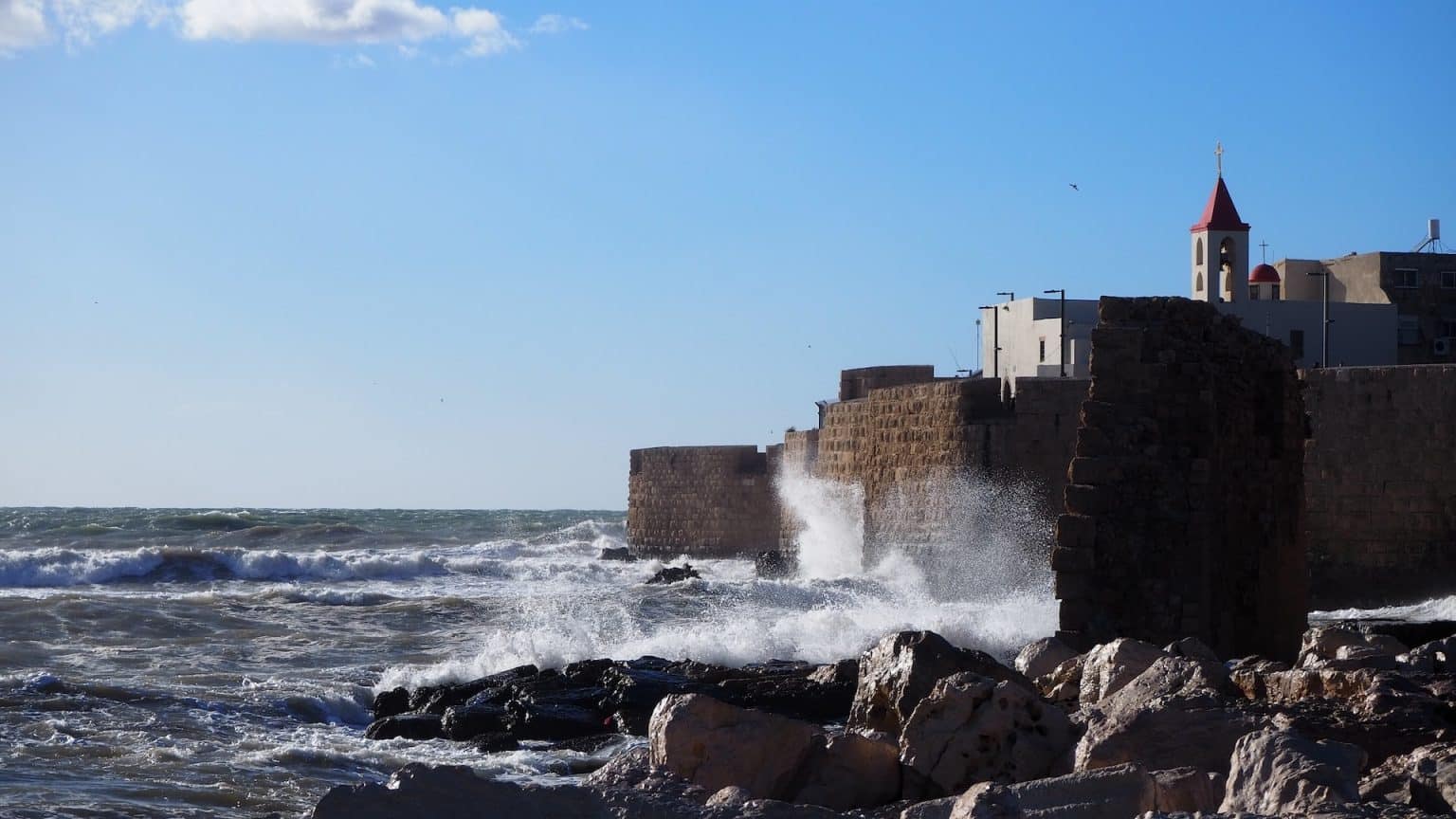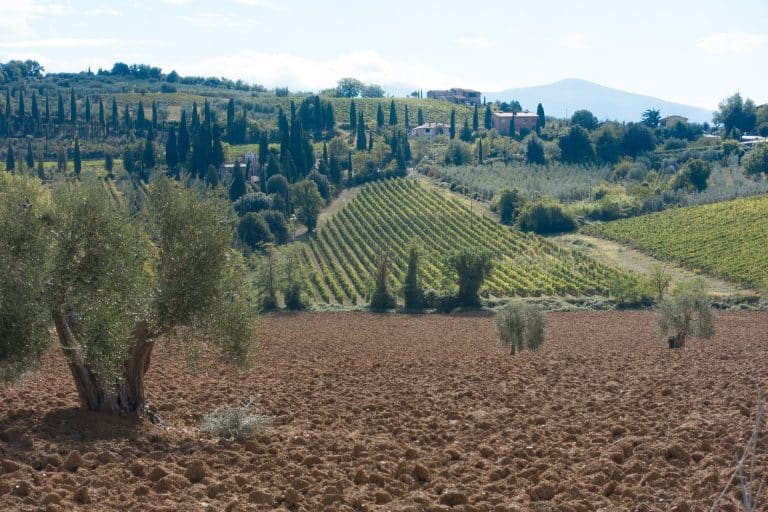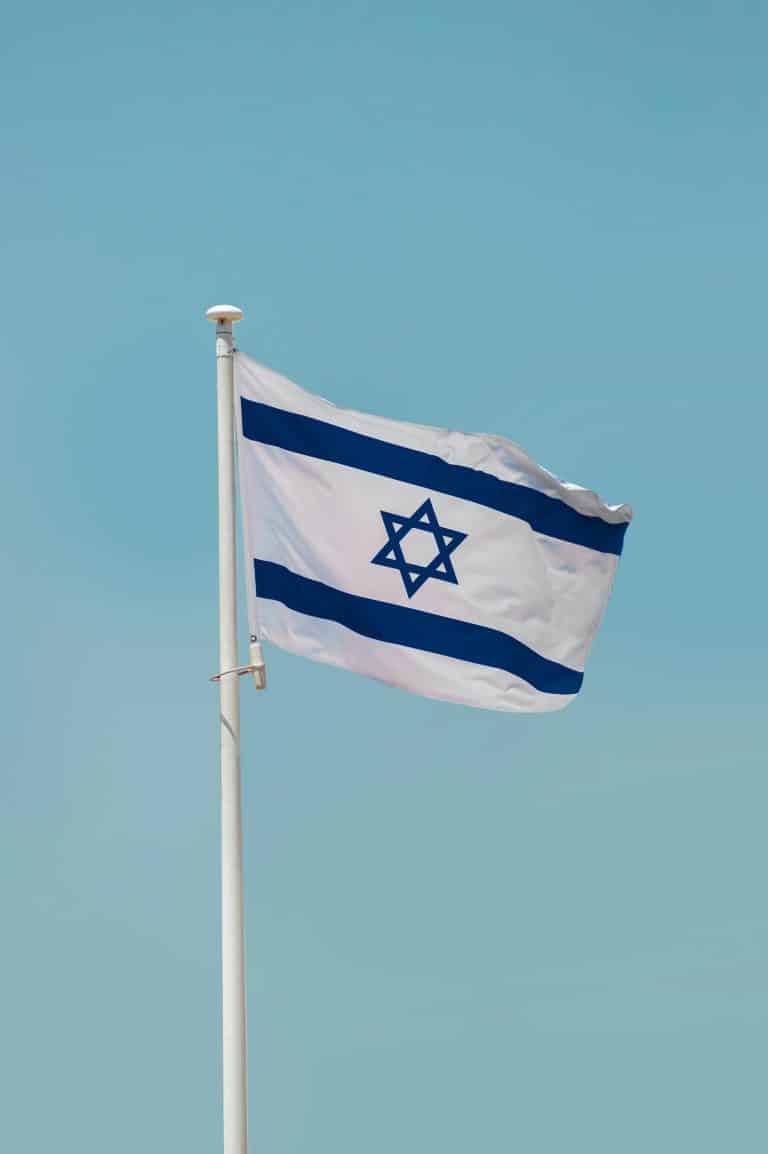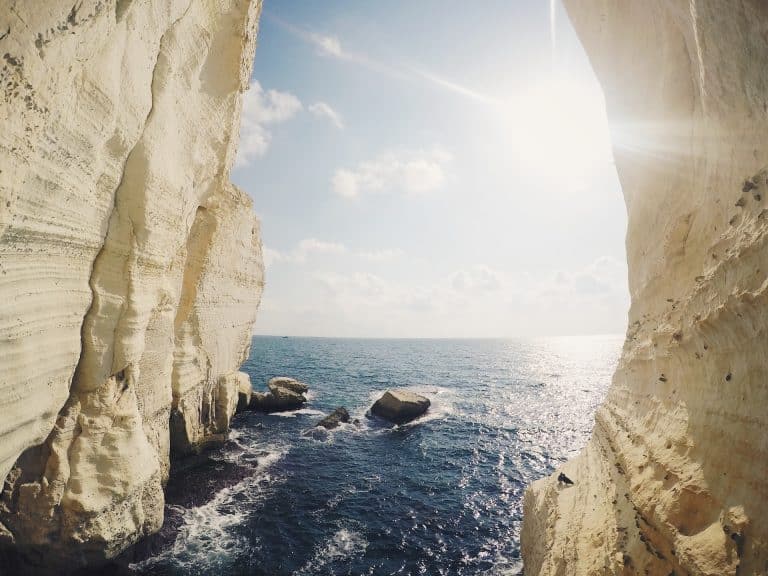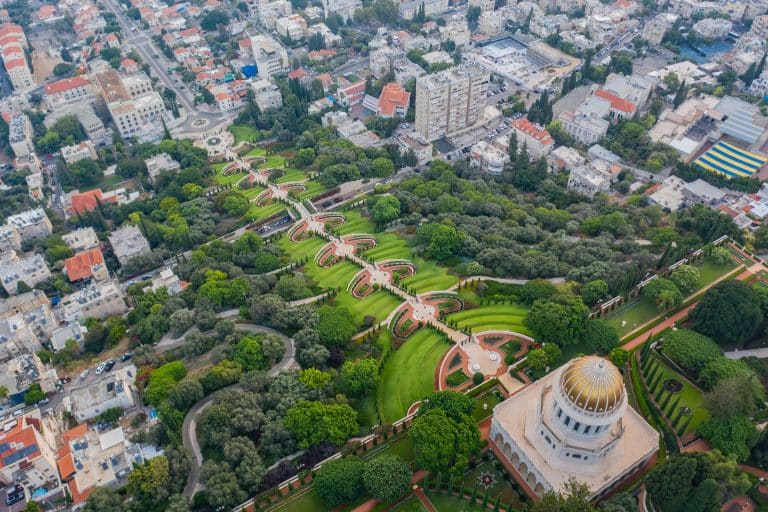Acre City is located right on the shores of the Mediterranean, between the bigger cities of Haifa and Nahariya. As a city with a rich and captivating history, featuring a charming old town, a great culinary scene, and several impressive historic places to visit, Acre City, also known as Akko, is truly a gem of a city. Here, you’ll find all of the things you should know before your visit.
The History of Acre City
The vibrant Acre City had existed continuously for about 4,000 years. It originated in Tel Acre, and since the Hellenistic period and onwards, had spread westward. Through the years, four different religions found a home and left their mark here, with sites such as the synagogues of the Jews, the magnificent churches in the Christian neighborhoods, the powerful mosques built by the Muslims, and the garden of the grave of Bahá’u’lláh, the founder of the Baha’i religion.
The 13th century was the golden age of Acre, whose population was at least 40,000. Acre served as the capital of the Crusader Kingdom of Jerusalem and one of the most central and important cities in the world, economically, socially, and culturally. Acre was the center of trade relations between Asia and Europe, as the large Italian trading cities had a permanent base in the city, in its markets, and in Acre port, which played a significant role in the trade between the West and the Near and Far East.
In 1291 Acre fell to the Mamluks, as the siege of Acre was the last stage in the Arab conquest of the entire Crusader kingdom. The Mamluk rule left Acre in ruins and made it an empty ghost town. The city was systematically destroyed by the order of Sultan al-Ashraf, as the fortifications, the Acre port, and the city itself were left in ruins.
In 1799, during his attempt to conquer the land of Israel on the way to conquer Asia, Napoleon had besieged Acre City, which was under Ottoman control at the time. However, after a struggle of 45 days, during which the resilient people of Acre had stood still, Napoleon gave up and ordered his soldiers to go back to Egypt. The events in Acre City are a huge turning point in history, as they had stopped the French Empire’s entire conquest plan. In his diaries, Napoleon had written that if he hadn’t been defeated in Acre, he would go on to change the world and conquer the entire East.
Today, there are about 50,000 residences in Acre City, as 28% of the population is Arabic. Today, it is a very diverse city, On the one hand, it is an ancient port city, with fascinating archaeological findings and important historical sites, while on the other hand, it is also a modern city, blessed with charming beaches and a colorful market
Best places to visit in Acre City
The old city of Acre
The old city of Acre features numerous historical sites to visit. It is surrounded by walls that were built during the Ottoman period, and it is highly recommended to tour the city walls, as you’ll get a great view of the city and the sea from the walls. The gateway to the old city is The Crusader Citadel of Acre and the Knights’ Halls complex, which are great sites to visit here.
The Crusader Citadel, also called the Hospitaller Citadel, is considered to be one of the most impressive citadels in the world. The citadel was built in the 12th century by the Knights of the Hospitaller Order, who were a monastic military order whose purpose was to treat the sick in the Holy Land. Today you’ll find here a visitor center of the Old Acre Development Authority, a well-kept ornamental garden, and a museum, telling the story of the fighters who were imprisoned here by the British during Israel’s struggle for independence.
The old city is full of mosques, with the largest and most magnificent among them being the Al Jazar Mosque, which was built in the 18th century in a classical Ottoman architecture style. Not far from the mosque is the renovated Turkish bath, Hamam al-Basha, also from the same period. Although it is not possible to bathe in the Hamam, it is definitely worth a visit for the beautiful architecture of the old site, built in 1795.
Most sites in the old city of Acre charge a small entrance fee, and it is possible to buy one day pass, at the price of 49 ILS, which will enable you to enter all of the various sites in the old city.
The Bahá’í Gardens in Acre City
The Bahá’í Gardens, which are located a bit north of Acre, are located around the last place of residence of the Prophet and the founder of the Bahá’í religion – Bahá’u’lláh – and the temple where he was laid to rest.
The Baha’i religion is a monotheistic religion, which was founded in the 19th century and today has over five million believers from all around the world. The Bahá’í gardens continue the same line of thought, displaying a variety of flowers, herbs, and trees, which all blend into a perfectly harmonious creation. Although not as impressive as their counterparts in Haifa, the Bahai Gardens of Acre City are certainly worth a visit by themselves.
The Templar Tunnel
The Templar Order operated in the city of Acre during the Crusader period, and its role was to protect the kingdom and the pilgrims who made the pilgrimage to the Holy Land. As part of their work, they built underground tunnels, which were meant to be used as escape routes in case of emergency.
The Templar Tunnel, which is 150 meters long, passes under the old city, from the citadel in the west of the city to the Acre Port in the east. It was discovered in 1994 and fully opened to the public in 2007. It is carved in the rock with a vaulted ceiling made of unique stones. The whole route is illuminated and its height varies between 1.5-2 meters. The route is easy and accessible, as it goes on a wooden bridge that goes along the length of the tunnel. On both sides of the bridge, you will notice groundwater seeps, and for your enjoyment, you can hear the fascinating and historical stories of the city and the Templars, through films projected on the walls and archaeological items embedded along the route.
Acre Market Street
Market Street (Hashuk Street) is the main path in the old city leading from north to south. In the Crusader period, this street led from the hospital gate in the north along the market lane, to the king’s road (“Via Regis”), and then to the Acre Port area. Today, the central market of Old Acre is located here. During your walk here, you will experience a colorful market with many stalls, selling fish, a variety of oriental sweets, and original spices.

